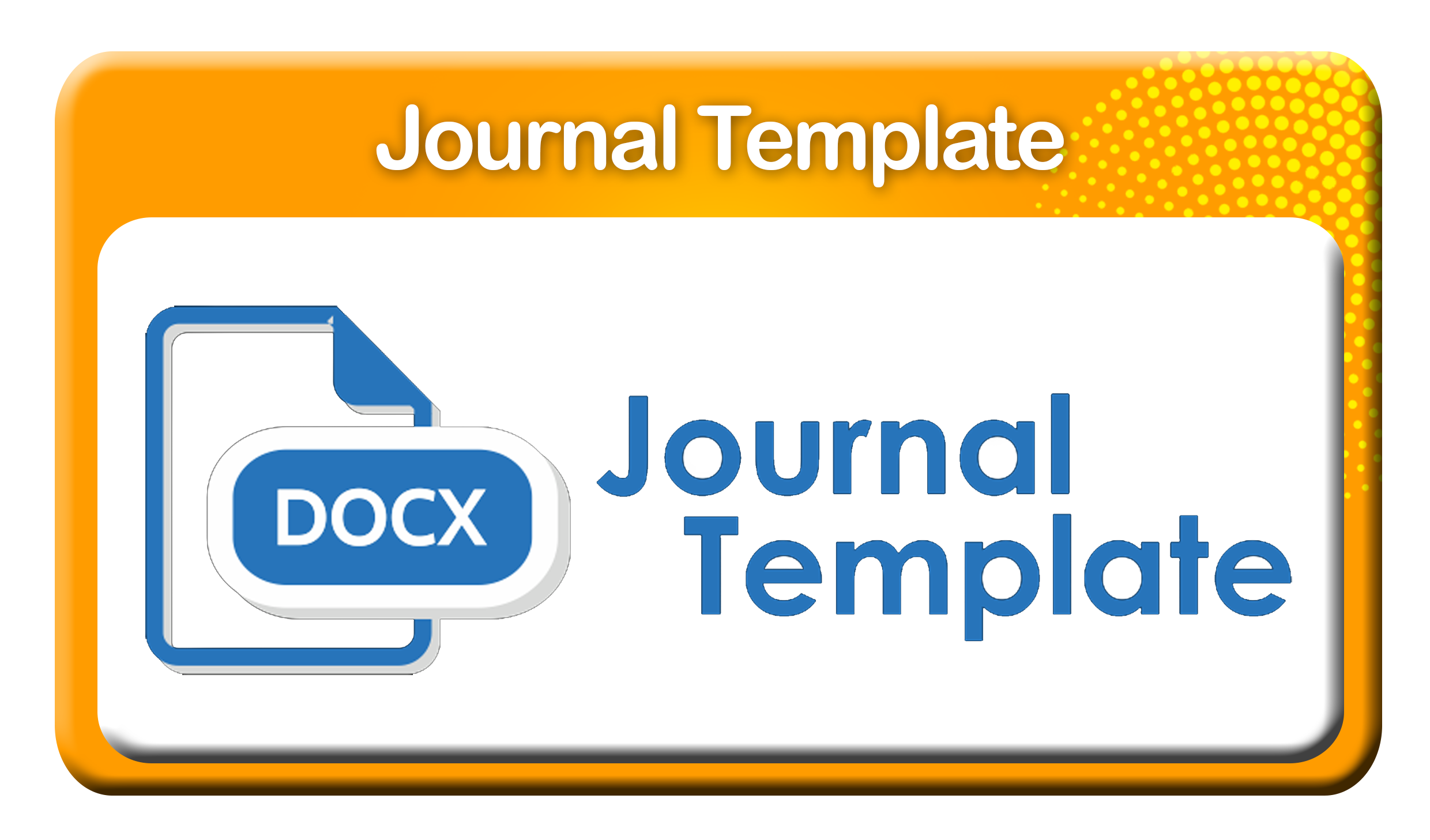IMPLEMENTATION OF LOCAL INGREDIENT-BASED SUPPLEMENTARY FEEDING FOR STUNTING TODDLERS WITH ANIMATION MEDIA ON PAITON VILLAGE
DOI:
https://doi.org/10.29082/IJNMS/2024/Vol8/Iss2/593Keywords:
Mental retardation; Parenting; Learning achievementAbstract
The prevalence of stunting in Indonesia based on Riskesdas in 2018 decreased by around 7.2% from 37.2% of the national stunting prevalence in 2017, but this figure is still below the target set by WHO, which is below 20%. The prevalence of stunting in East Java, contributes as much as 20%. The prevalence of stunting in Java is 26.7%. The stunting rate in Probolinggo Regency is quite high. Probolinggo Regency is one of the stunting priority districts in East Java with a stunting percentage of 42.5%, which means that the stunting problem in Probolinggo Regency is a serious problem. The purpose of this study is to analyze the effect of implementing local-based supplementary feeding for stunting toddlers with animation media on Paiton Village. The design used in this study used Pre-Experimental Design One Group Pre-Post-Test design. The number of samples was 40 mothers under five, Data collection techniques in this study by identifying respondents in accordance with research criteria. The primary data was obtained directly by involving the village midwife responsible for Paiton Village. This study used questionnaires as a data collection tool. The analysis used in this study was the Wilcoxon Sign Rank Test. The results of the study found that there was an influence on the application of local-based supplementary feeding for stunting toddlers with animation media on Paiton Village
Downloads
Downloads
Published
Issue
Section
License
Authors who publish with IJNMS agree to the following terms
- Authors retain copyright licensed under a Creative Commons Attribution-ShareAlike 4.0 International License that allows others to share the work non-commercially with an acknowledgement of the work's authorship and initial publication in this journal.
- Authors are permitted and encouraged to post their work online (e.g., in institutional repositories or on their website) prior to and during the submission process, as it can lead to productive exchanges, as well as earlier and greater citation of published work (See The Effect of Open Access). Authors can archive pre-print and post-print or publisher's version/PDF.









_IJNMS.png)






